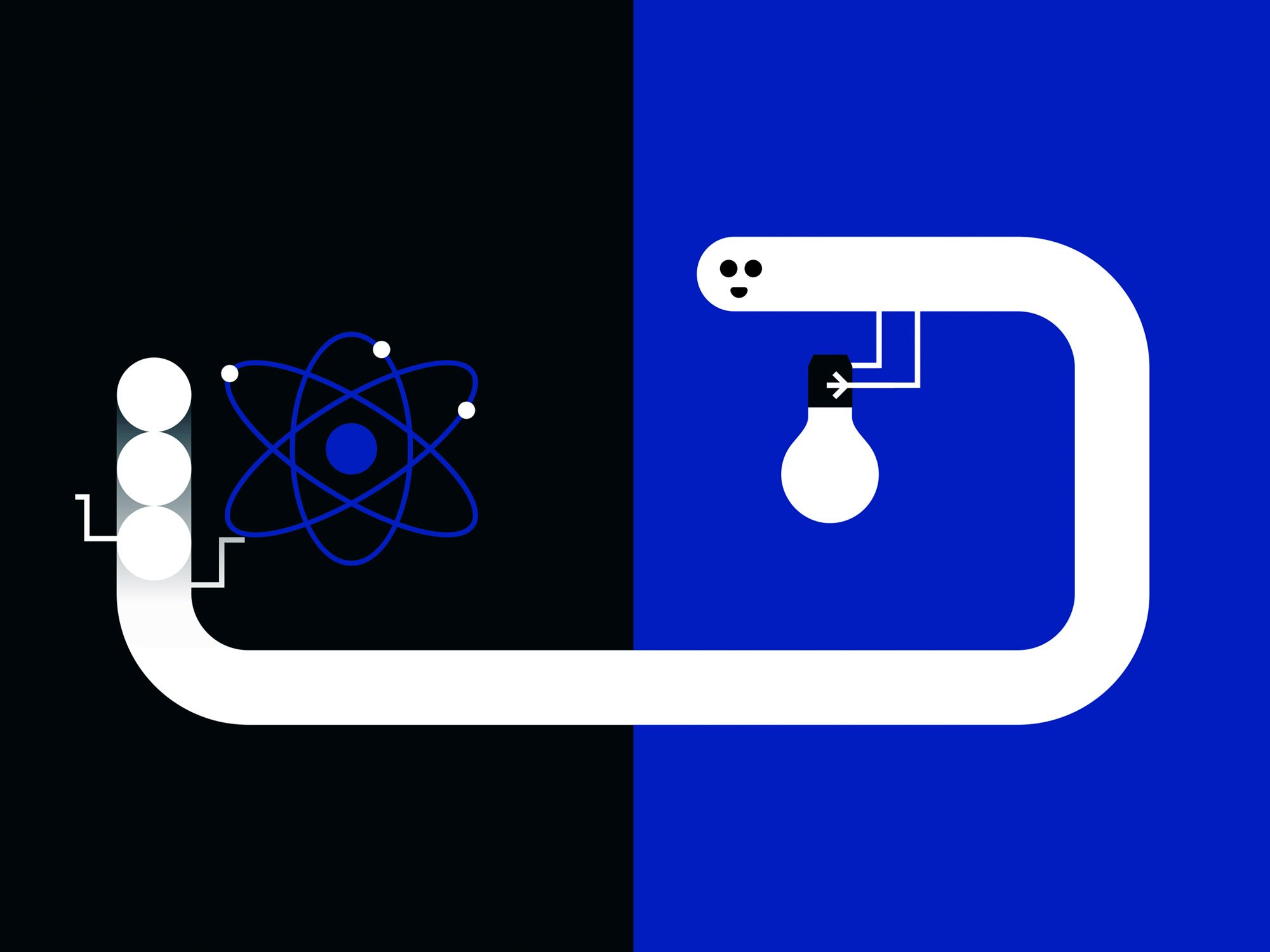
Nobel Prize in Physics for macroscopic quantum phenomena
08-10-2025
On 7 October, the Swedish Royal Academy of Sciences announced its verdict on the winners of the Nobel Prize in Physics. This year's prize was awarded to John Clarke, Michel H. Devoret and John M. Martinis for their discovery of the macroscopic quantum tunnelling effect and energy quantisation in an electrical circuit.
The extraordinary phenomena of quantum mechanics are common in the world of individual elementary particles, atoms and molecules, i.e. at the microscopic level. As early as the 1920s, it was understood that an electron in an atom changes its energy only in strictly defined portions – quanta – and at the same time occupies several places simultaneously. The phenomenon of tunnelling was discovered, in which an alpha particle jumps over a barrier even though, according to the laws of Newtonian physics, it does not have enough energy to do so.
This year's Nobel Prize winners in physics – John Clarke, Michel Devoret and John Martinis – demonstrated in a series of experiments conducted in the mid-1980s that quantum phenomena, such as the aforementioned energy quantisation and tunnelling, occur not only in the micro world, but also in the macro world populated by billions of particles and atoms. They also demonstrated that we do not have to be mere passive observers of quantum processes, but can control them, for example by increasing or decreasing the probability of tunnelling. These discoveries paved the way for the construction of extremely precise devices for studying the quantum world, but more importantly, they raise hopes for the construction of a quantum computer, which is expected to outclass even the most powerful modern computers.




